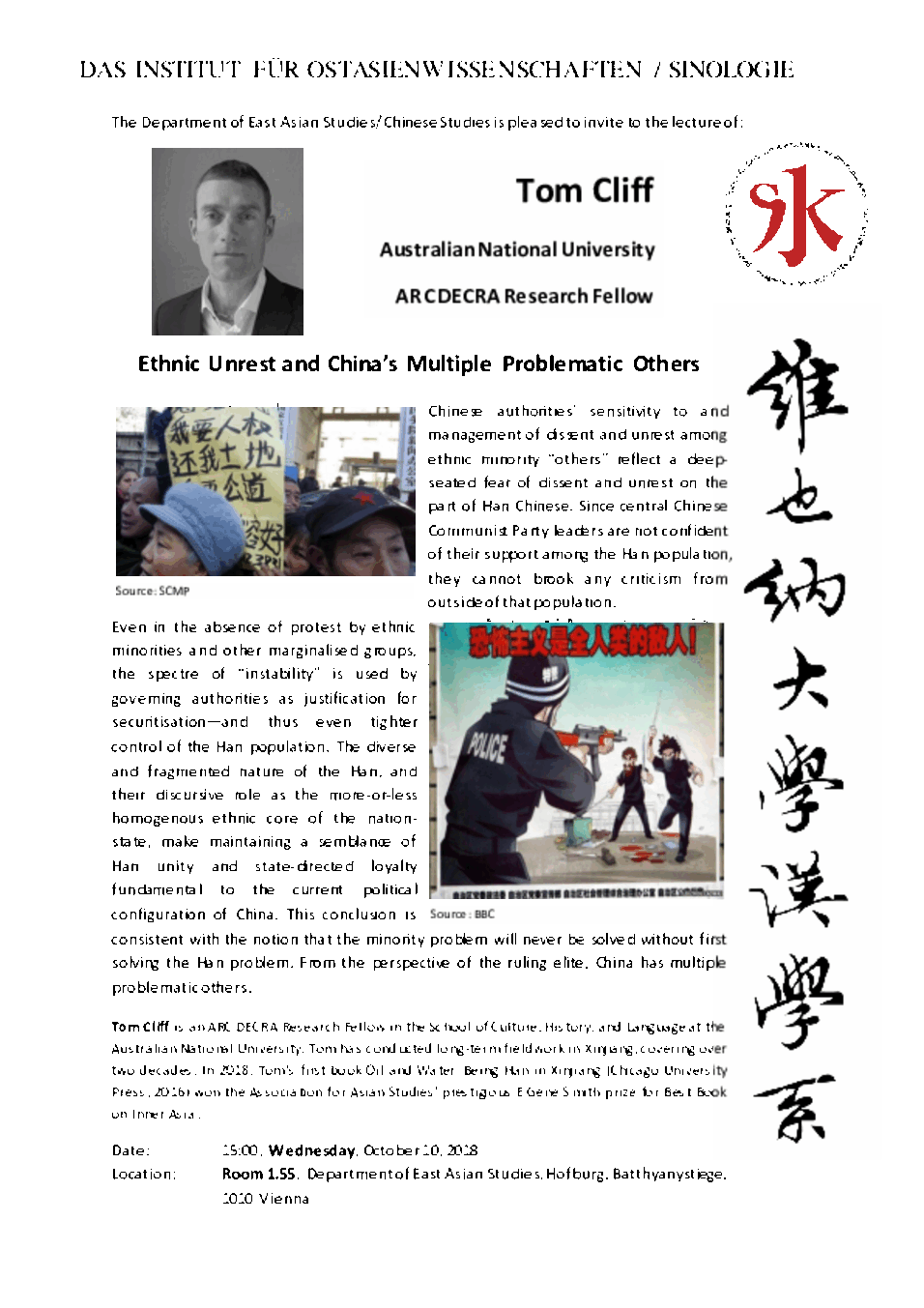Ethnic Unrest and China’s Multiple Problematic Others
Chinese authorities’ sensitivity to and management of dissent and unrest among ethnic minority “others” reflect a deep-seated fear of dissent and unrest on the part of Han Chinese. Since central Chinese Communist Party leaders are not confident of their support among the Han population, they cannot brook any criticism from outside of that population.
Even in the absence of protest by ethnic minorities and other marginalised groups, the spectre of “instability” is used by governing authorities as justification for securitisation—and thus even tighter control of the Han population. The diverse and fragmented nature of the Han, and their discursive role as the more-or-less homogenous ethnic core of the nation-state, make maintaining a semblance of Han unity and state-directed loyalty fundamental to the current political configuration of China. This conclusion is consistent with the notion that the minority problem will never be solved without first solving the Han problem. From the perspective of the ruling elite, China has multiple problematic others.
Tom Cliff is an ARC DECRA Research Fellow in the School of Culture, History, and Language at the Australian National University. Tom has conducted long-term fieldwork in Xinjiang, covering over two decades. In 2018, Tom's first book Oil and Water: Being Han in Xinjiang (Chicago University Press, 2016) won the Association for Asian Studies' prestigious E Gene Smith prize for Best Book on Inner Asia.

